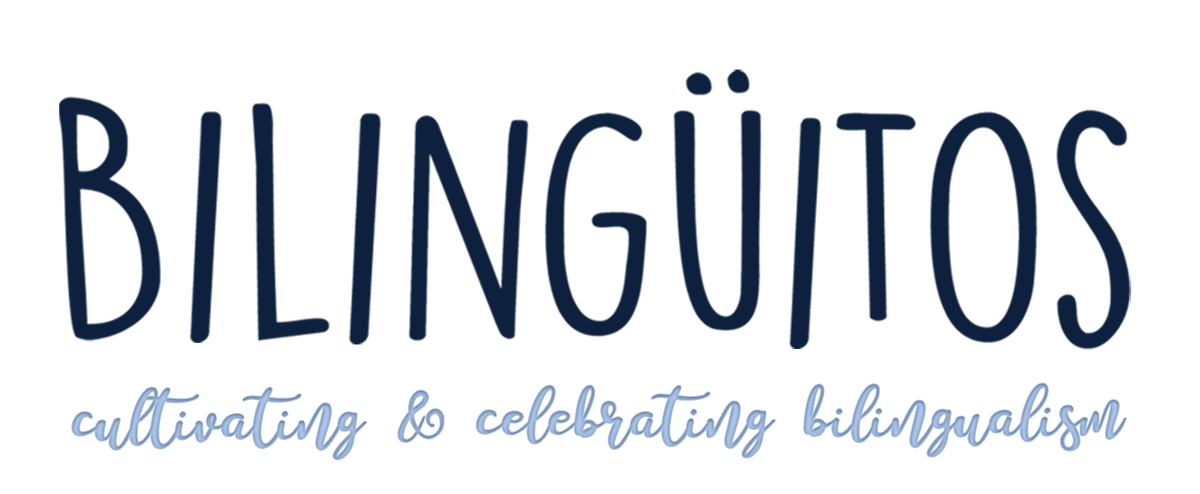TEN MOST COMMON BILINGUAL PARENTING STRATEGIES
Top 10 bilingual parenting strategies, with one pro and one con! (This just scratches the surface! For a deeper dive, check out our podcast, the Bilingual Parenting Podcast. Also read to the end to see how to get a free PDF guide of these strategies)
1️⃣ Preliminary Exposure Approach
Pro: Easily accesible
Con: Little input
2️⃣ Outside Resource Method
Pro: Parents don’t have to be speakers of the language
Con: The language isn’t often incorporated into the home
3️⃣ Time & Place (T&P)
Pro: Can help kids get into a rhythm with the language, and often associated with something fun
Con: It may not be very much input
4️⃣ Context Method
Pro: Organically links language to something meaningful
Con: Your family may not have a context that readily lends itself to the language
5️⃣ Travel/Live Abroad
Pro: Native-speaking peers!
Con: Could be expensive
6️⃣ Mixed Language Approach
Pro: Bilingualism as it most naturally flows
Con: It could result in a heavy imbalance between minority and majority languages
7️⃣ One Parent One Language (OPOL)
Pro: Clearly delineated language use
Con: One caregiver may feel left out
8️⃣ Minority Language At Home (ML@H)
Pro: The entire family participates
Con: “That’s just my mom & dad’s language” mentality
9️⃣ Minority Language Everywhere
Pro: Minority language is not kept locked away
Con: Language use when there’s company may be tricky to navigate
🔟 Minority Language Frontloading
Pro: Strong base and lots of input in minority language
Con: Parents may be questioned; and may worry about when the child goes to school
Want to read thorough descriptions for every one of these methods listed, as well as a tangible example of each? We have a branded PDF freebie that goes over each method in detail to help you navigate your bilingual parenting journey! Click HERE to download!
🗣 What bilingual parenting strategy seems to be working well for your family right now? Any cons you’ve noticed? Let us know in the comments!


